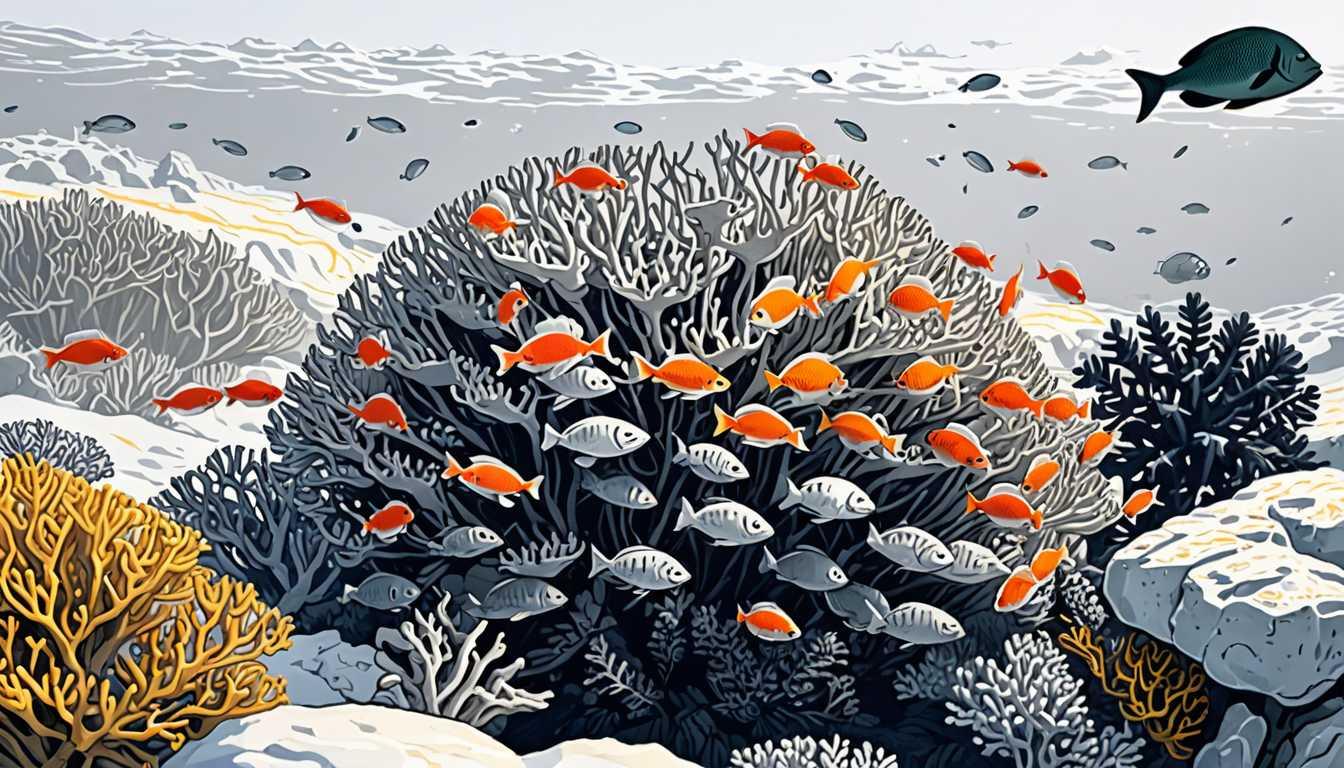Rivers, Rocks, and the Roots of Life
November 2023
The University of Sydney
Introduction
Dive into the heart of Earth’s history with Dr. Tristan Salles and his team from The University of Sydney, as they uncover how the dance of rivers, mountains, and sediment over half a billion years has shaped the rich tapestry of life on our planet. Published in Nature, this groundbreaking study reveals the slow but steady rhythm of biodiversity evolving in sync with plate tectonics, offering a unique lens to view our world's natural diversity. It’s a tale of ancient rivers, the secret life of sediments, and how Jules Verne’s fictional insights eerily mirror scientific discoveries. Ready to time-travel through Earth’s epic saga?
READ FULL ARTICLEWhy It Matters
Discover how this topic shapes your world and future
Unearthing the Secrets of Our World
Imagine a world where every mountain, river, and ocean tells a story. A story that's not just about the landscape but about the countless species that have called this planet home. This isn't just a story; it's the reality of how landscape dynamics shape the evolution of biodiversity on Earth. It's fascinating to think that the movement of a river or the rise of a mountain could influence what kinds of plants and animals thrive. What's even more intriguing is the idea that these physical changes happen at a pace similar to plate tectonics, which is incredibly slow compared to the rapid rate of species extinction today due to human activities. This topic connects us to the very ground we walk on, showing us that understanding our planet's past is crucial to protecting its future. And who knows? By exploring how the Earth's surface has evolved, you might just find a new perspective on the world around you.
Speak like a Scholar
Biodiversity
The variety of life in the world or in a particular habitat or ecosystem. It's like the Earth's collection of different plants, animals, and microorganisms.
Plate tectonics
The theory explaining the structure of the Earth's crust and many associated phenomena as resulting from the movement of rigid lithospheric plates over the asthenosphere.
Sediment flux
The movement of sediment from one place to another, often carried by water, wind, or ice. It's like the Earth moving its soil and sand around.
Geosphere
The solid part of the Earth, consisting of the crust and outer mantle. It's everything from mountains to valleys.
Atmosphere
The layer of gases surrounding the Earth. It's what we breathe and what protects us from the sun's harmful rays.
Paleontological data
Information about ancient life as evidenced by fossilized remains. It's like a history book written in bones and imprints.
Independent Research Ideas
The role of river networks in shaping biodiversity
Investigate how the formation and evolution of river networks over millions of years have influenced the distribution and diversity of species. This topic merges geography with biology in a fascinating way.
Mountain ranges and their impact on species evolution
Explore how the rise and fall of mountain ranges have served as barriers and bridges for species, leading to fascinating cases of evolution and speciation. It's a perfect study of how geology affects biology.
The effects of sediment transfer on marine ecosystems
Delve into how the transfer of sediments to the ocean affects marine life, potentially influencing everything from nutrient cycles to the formation of new habitats. This topic sits at the crossroads of oceanography and ecology.
Climate change and plate tectonics
Examine the interplay between the slow movements of plate tectonics and rapid changes in climate, and their combined effects on global biodiversity. This research could offer insights into past and future biodiversity trends.
Historical landscapes and modern conservation
Investigate how understanding ancient landscapes and their evolution can inform current conservation strategies, potentially identifying regions of high biodiversity before human impact. It combines history, science, and conservation efforts in a unique way.
Related Articles

When the Sahara Turned Green
September 2023
University of Bristol

Glowing Quest for Love Underwater
November 2023
Cornell University

Coral Highways: Ocean's Genetic Bridges
March 2024
University of Oxford

Stirring Up Evolution: Sea Creatures’ Impact
May 2024
University of Cambridge

DNA Detectives: Unveiling Hidden Life
February 2024
MIT Technology Review